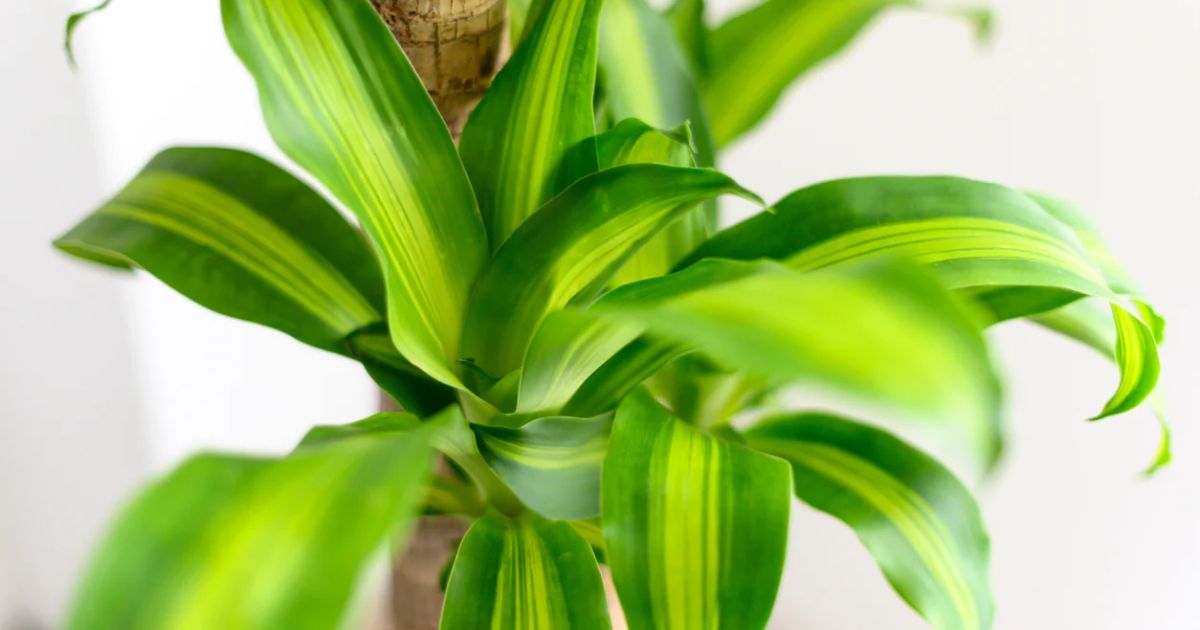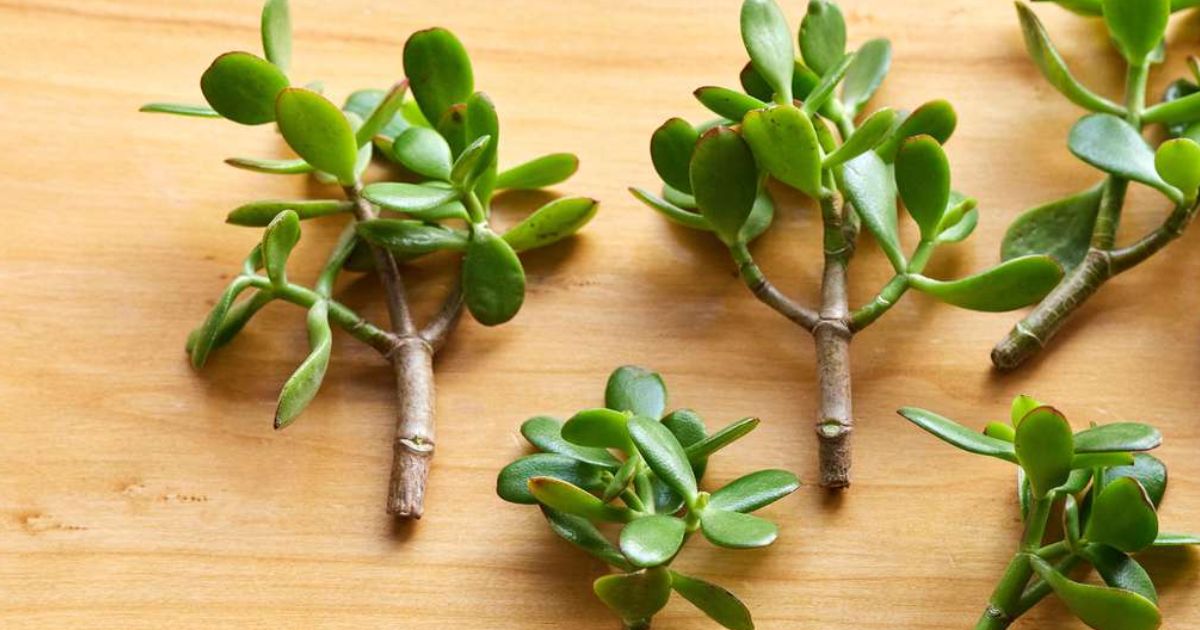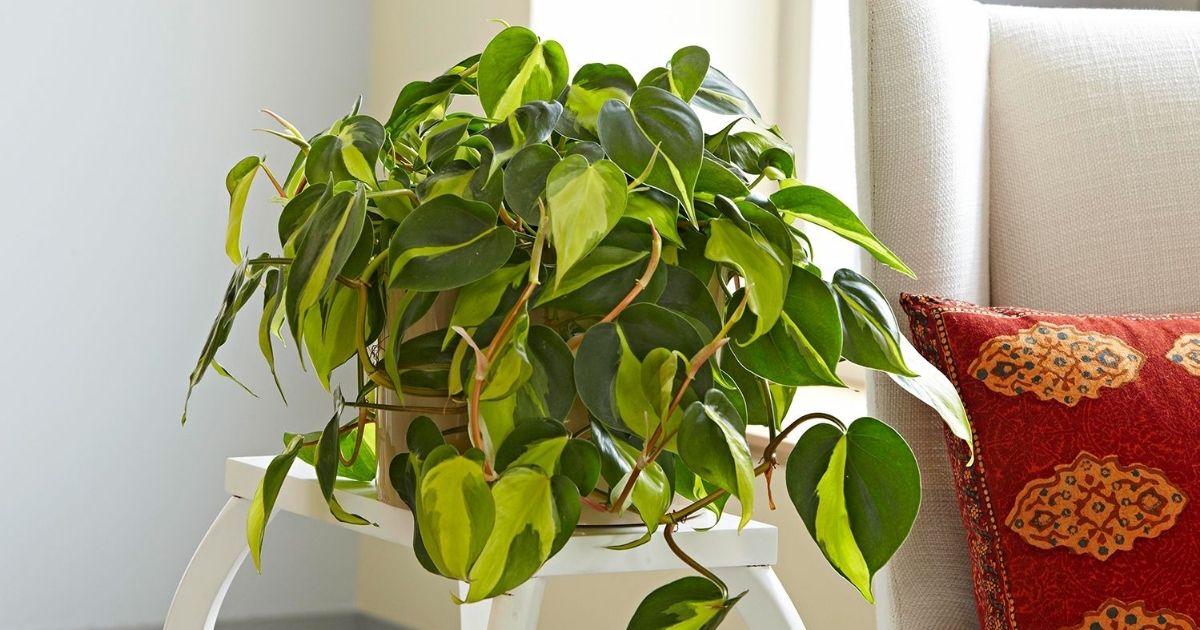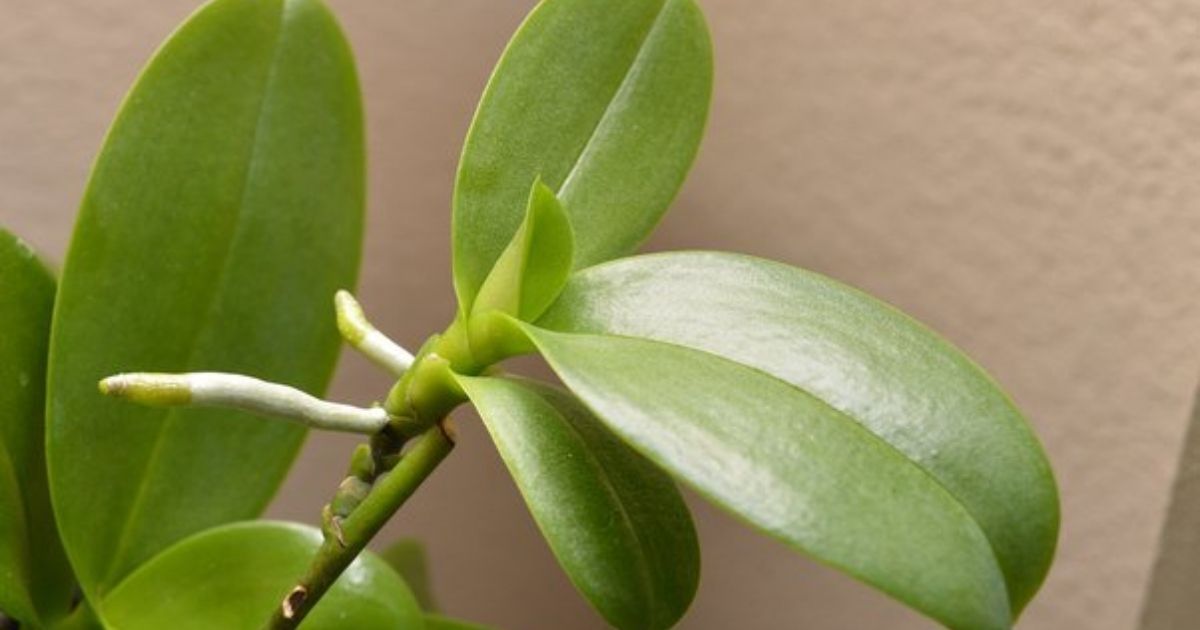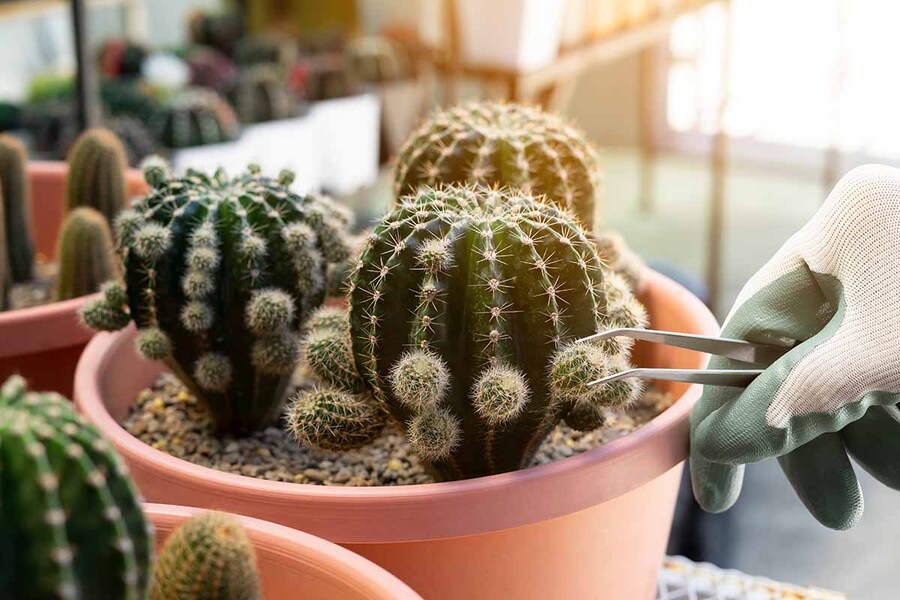NFT Hydroponics: Comprehensive Nutrient Film Technique Guide in 2024
Everybody wants a beautiful green space in their houses. But what's greater than having a hydroponics garden for simpler but optimal plant growth?
In soilless culture, the nutrient film technique (or NFT system) is also popular with hydroponic growers because of its simple and effective structure.
The NFT hydroponics is often utilized to grow smaller, quick-growing plants like lettuces. Commercial growers also use this system to plant herbs, strawberries, and baby greens besides lettuce.
So if you want your plants growing quickly, wait no longer, read this article to learn new things!
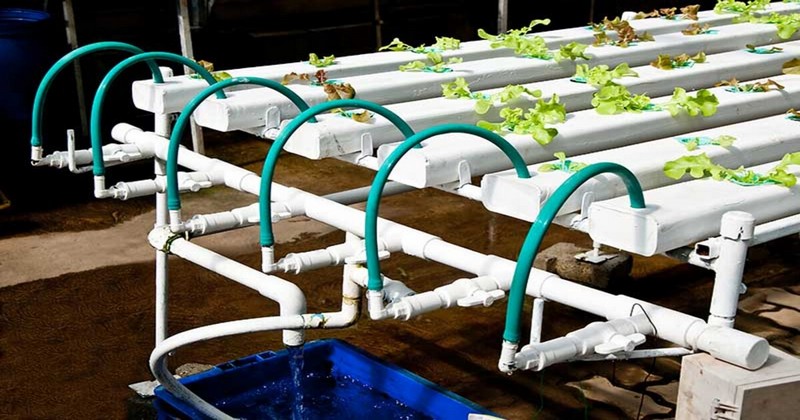
What Is The Nutrient Film Technique (NFT)?
The nutrient film (NFT) technique involves plants' growth without a substrate by maintaining a nutrient solution covering their roots. NFT system is initially considered an ideal growing system because it allows precise control over root watering without incurring substrate costs.
Similar to the Flood and Drain method, the NFT system hydroponics uses water pumps to distribute nutrients to plants. However, unlike Ebb and Flow, which rely on flooding and draining, the NFT hydroponic system flows continuously.
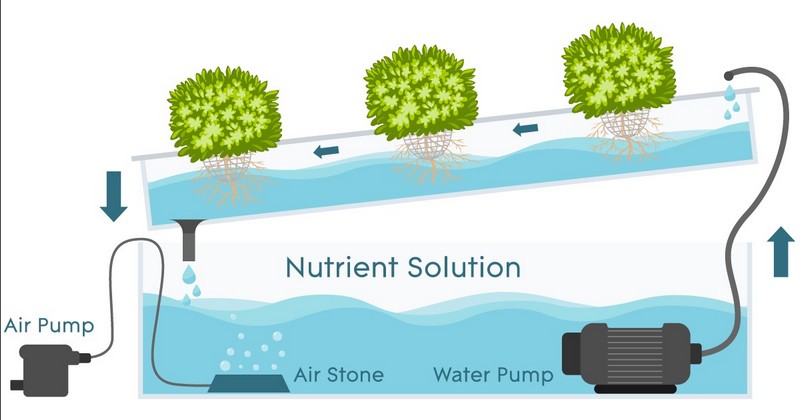
On the other hand, the wick hydroponic system is passive, simpler to construct, and easier to operate as it does not provide the optimal growing conditions like the NFT.
How Does The Nutrient Film Technique Work?
NFT hydroponics has two primary components: the reservoir containing water and nutrients and the grow tray (or channel).
Within the grow tray, net pots hold the plants and exchange nutrients from the nutrient solution using growing media, such as clay pebbles. This growing media will give structural support to the root zone.

When using growing media like clay pebbles, the plant roots form a dense mat in the channel, while the foliage sits on top, sometimes supported by a trellis system.
This system uses a pump to deliver water to the grow tray and recycle the unused nutrient solution using a drained pipe. Below is the image of an air pump used in Hydroponics.
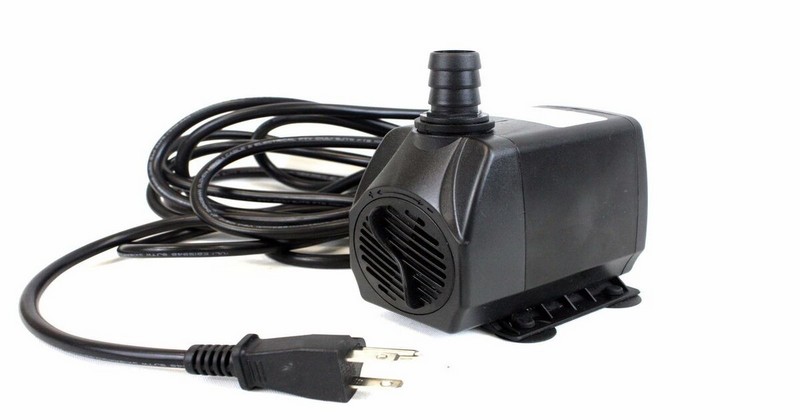
How does this process operate? The grow tray is put at an angle to let the water flow toward the nutrient return pipe. The excess nutrient solution flows out of this pipe and moves into another channel or tube, where it is recirculated around the system again.
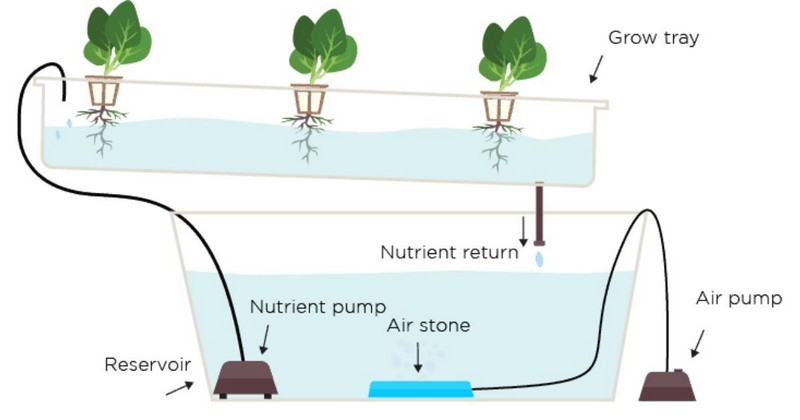
The roots hang down to the bottom of the channel. This is where they absorb the nutrients from the shallow film of the nutrient solution.
The thin film in the nutrient solution allows the plants to be watered without being entirely soaked. Moreover, it enables the upper roots to remain dry and access oxygen in the air.
See more: hydroponics vs aeroponics.
What Plants Can Be Grown in NFT Hydroponics Channels?
NFT channels are commonly used to cultivate leafy green plants with short growth durations. According to research from Soilless Culture, this system is particularly suited for growing Bibb and leaf-type lettuce.
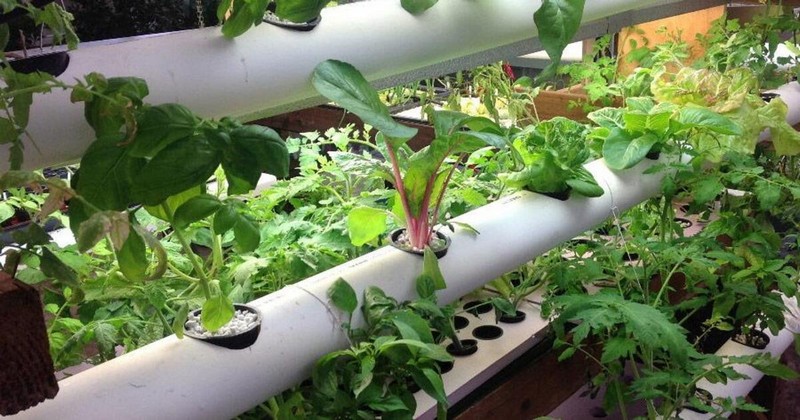
However, commercial growers also adopt this method to grow other leafy green varieties such as spinach, broccoli Raab, and specific herbs. Larger plants like cabbage are heavier, take longer to mature, and have larger root systems. Therefore, they are not well-suited for an NFT system hydroponics.
See more: deep water culture
How To Plant Your NFT Hydroponics System?
Once you notice roots growing at the bottom of the cube or when the seedling leaves grow to around 2 inches in length, it's time to move them into NFT channels.
During this period, fertilize the plants until they are fully grown and ready for harvest.
Remember to place the cubes in the channels so that the slots in the bottom of the cube run along the channel, making it easier for the nutrient film to flow.

Growers should maintain a pH range of 5.5 to 6.5, depending on the temperature and season of the year.
Once your plants are set, they'll need regular care, including:
- Regularly check the pH and nutrient levels and adjust as needed.
- Exact watering needs will vary depending on your crops and climate, but most NFT system hydroponics require watering several times a day for short periods.
- Most plants need 16-18 hours of light per day. You can use LED grow lights from Benchmark Hydroponics to supplement natural light.
Pros and Cons of NFT Hydroponics
Like any system, the nutrient film technique system has pros and cons. The information below will help you evaluate wisely before choosing a hydroponics system.
Advantages of NFT Hydroponics
- Easy to inspect roots for disease and nutrient adequacy.
- Low water and nutrient consumption.
- Environmentally friendly and minimizes the risk of groundwater contamination.
- Avoids problems related to supply, disposal, and cost of media-based systems.
- It is easier to disinfect roots and hardware than other systems.
- Regular feeding maintains uniform PH and conductivity, preventing salt build-up.
Disadvantages of NFT Hydroponics
- The roots will dry out and be stressed if the supply of nutrient solution stops.
- In a newly planted system, the channels can heat up quickly under intense sunlight, faster than the root zone would heat in Rockwool or aggregate.
- The roots of vigorous-growing plants can block the channels.
- Crops can die within a few hours due to pump failure, especially in hot weather.
- NFT hydroponic system is unsuitable for growing plants with large tap-root systems like carrots.
Frequently Asked Questions
What Is The Difference Between NFT And DFT Hydroponics?
Among types of hydroponics systems that use NFT, a thin layer of nutrient solution flows through a sloping channel or tube, providing the roots with the necessary elements.
On the contrary, DFT systems employ floating rafts to support the growing plants, with their roots directly suspended in the flowing nutrient solution.
What Grows Best In NFT Hydroponics?
Leafy greens with a short growth period are the most suitable plants to grow using NFT channels. Lettuce, both Bibb and leaf-type, is the best choice for such a system, although other leafy greens like spinach, broccoli Raab, and certain herbs can also be grown using this system.
Bottom Line
The operation of the NFT hydroponics is simple and easy to manage. It is ideal for growing fast-growing plants that can be harvested within a few weeks. The NFT system is versatile, allowing you to cultivate a variety of leaves, including Bibb and Cos types (Romaine), lettuces, kale, mustard greens, oriental vegetables, and herbs.
With this system, you can achieve quick results and plant new seedlings for future harvests, making it a dream for any home hobbyist with a green space and an uninterrupted produce supply.
If you want to learn more about an NFT system and maybe want to start building your own, visit Benchmark Hydroponics for more!
